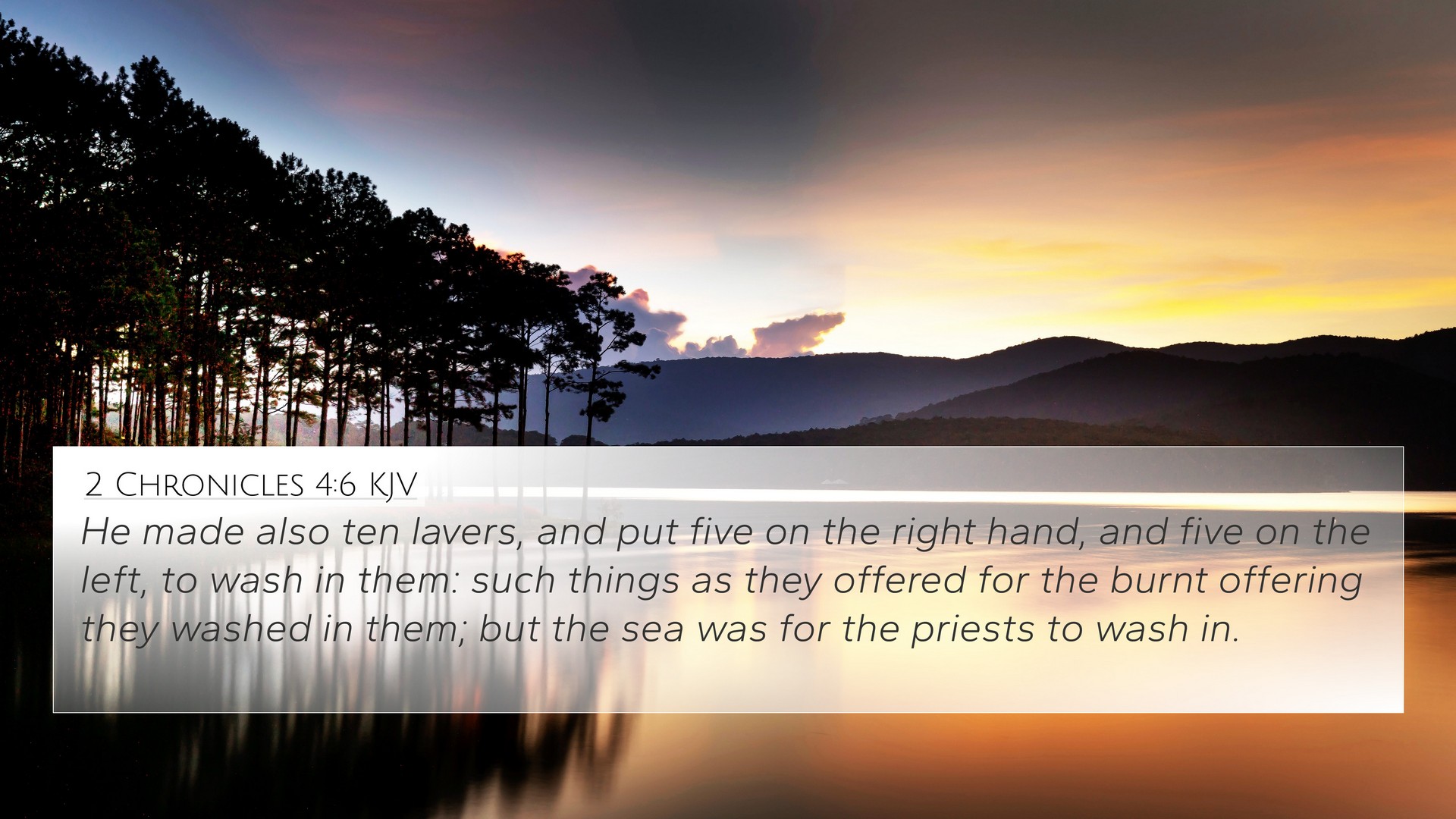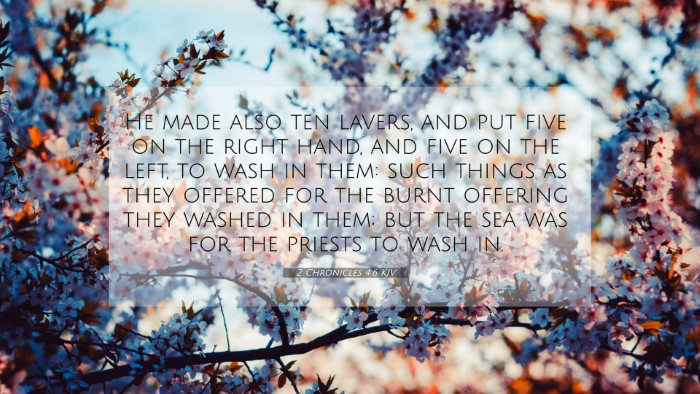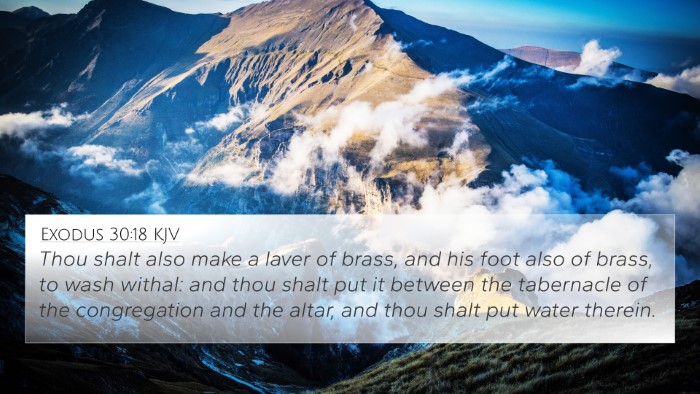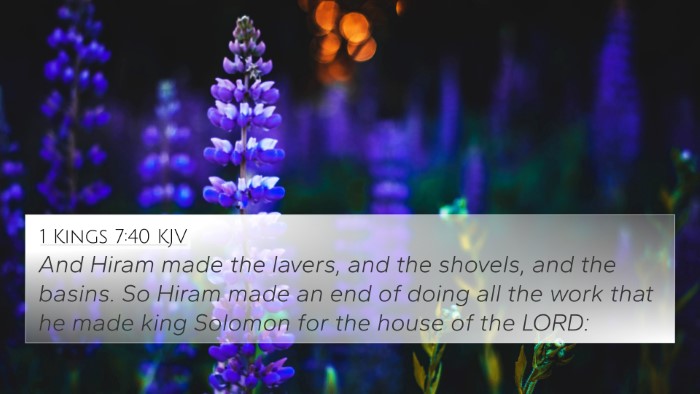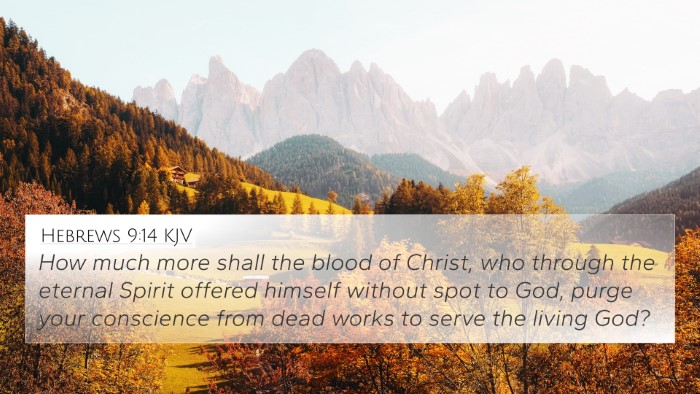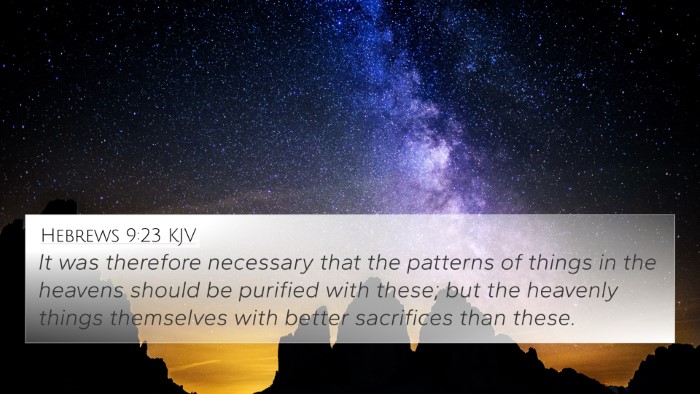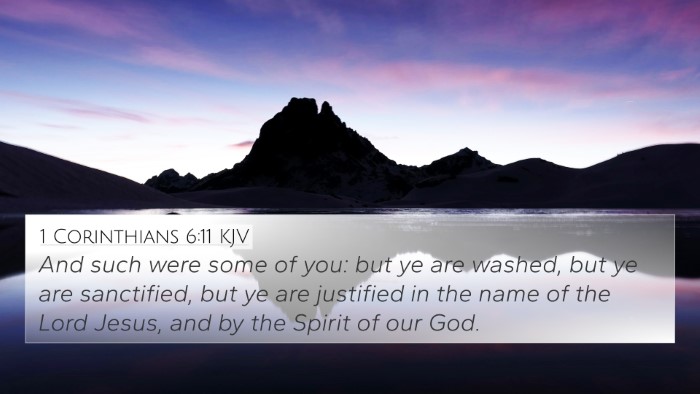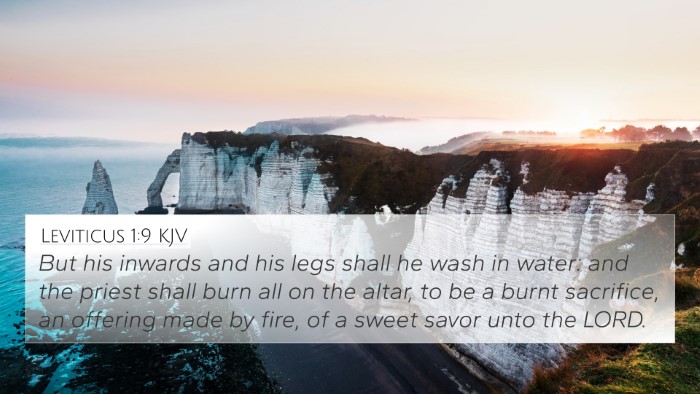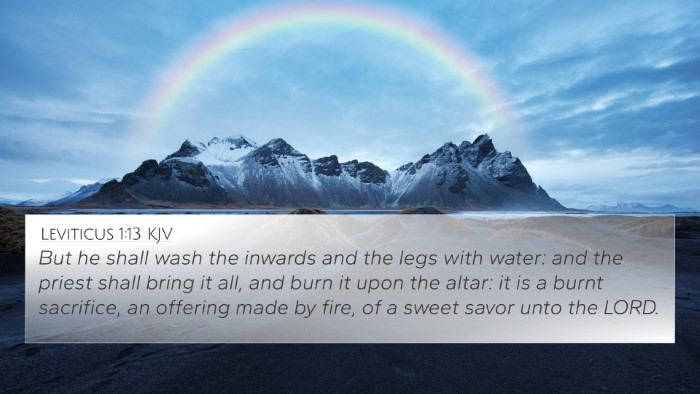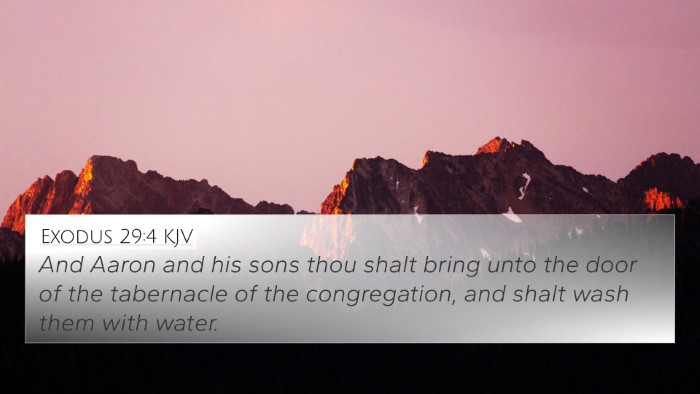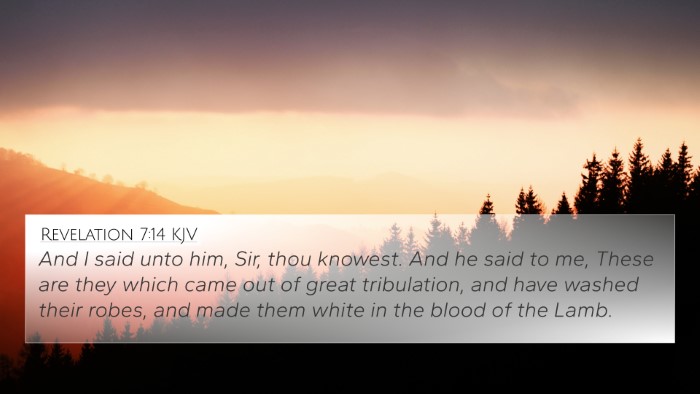Understanding 2 Chronicles 4:6
Verse: 2 Chronicles 4:6 - "And he made ten lavers, and put five on the right hand, and five on the left, to wash in them: such things as they offered for the burnt offering they washed in them; but the sea was for the priests to wash in."
Summary of Meaning
The verse describes the significant construction of ten lavers by King Solomon for the purpose of purification rituals at the temple. These lavers were positioned strategically, with five on either side. The washing in these vessels symbolized the need for cleanliness and the preparation necessary for approaching God, particularly in the context of sacrificial offerings. The 'sea' mentioned was designated for the priests, which emphasizes the dedicated roles within the worship setting.
Insights from Public Domain Commentaries
-
Matthew Henry:
Matthew Henry notes that the lavers were essential for the ceremonial cleansing of the priests and the offerings. He emphasizes that the act of washing symbolizes a purification process, underscoring God's holiness and the importance of being clean before Him. This verse can also be connected to the theme of ritual purity prevalent throughout the Old Testament.
-
Albert Barnes:
Barnes elaborates on the rationale behind the placement of the lavers. He indicates that the arrangement—five on the right and five on the left—may reflect a balance and orderliness that is characteristic of Solomon's temple design. Furthermore, he draws a connection between the lavers and the larger concept of spiritual preparation necessary before engaging in worship.
-
Adam Clarke:
Adam Clarke provides insight into the practical use of the lavers for ritualistic washing. He mentions how these items served to facilitate proper offerings to God. Clarke also suggests that such practices help establish a framework for future generations regarding the sacredness of worship and the importance of cleanliness in spiritual activities.
Bible Verse Cross-References
Understanding 2 Chronicles 4:6 can be further enhanced by looking at various cross-references that highlight similar themes of purification, sacredness, and temple worship:
- Exodus 30:18: Instructions for making a bronze laver for washing.
- Leviticus 16:24: The ritual of cleansing in the Day of Atonement.
- 1 Kings 7:38-39: Additional details of the lavers and their use in the temple.
- Psalm 51:7: A plea for purification, reflecting the need for cleansing from sin.
- Hebrews 9:10: Discusses the limitations of rituals under the old covenant.
- Isaiah 52:11: The call to be clean when approaching the Lord.
- 2 Corinthians 7:1: Encouragement to cleanse ourselves from all filthiness of the flesh and spirit.
Thematic Bible Verse Connections
This verse connects thematically with the broader concepts of:
- Ritual Purity: The necessity of cleansing before approaching God.
- Worship Practices: The significance of proper preparations in spiritual settings.
- Divine Holiness: Acknowledging the sacredness of God's presence.
Comparative Bible Verse Analysis
In comparing this passage with other verses, one can draw significant parallels:
- The arrangement of lavers (2 Chronicles 4:6) resonates with the instructions given in the construction of the Tabernacle (Exodus 25-27).
- Just as the priests utilized the laver for cleansing, New Testament themes in John 13:10 highlight the necessity of spiritual washing.
Tools for Bible Cross-Referencing
To facilitate a deeper analysis, consider utilizing tools such as:
- Bible Concordance: A systematic index to look up specific words or phrases.
- Bible Cross-Reference Guide: A resource that provides related verses and contexts.
- Cross-reference Bible Study Methods: Various approaches to integrate cross-referencing into your study routine.
Inter-Biblical Dialogue
This verse provides fertile ground for inter-Biblical dialogue, illustrating how Old Testament practices foreshadow New Testament teachings about purity and holiness. Just as the lavers served a crucial role in the temple sacrifices, so does Christ’s sacrifice fulfill and symbolize the ultimate cleansing needed for access to God. Each theme resonates throughout scripture, establishing rich connections between testaments that deepen the understanding of God's overarching narrative of redemption.
Conclusion
The verse 2 Chronicles 4:6 serves as a vivid reminder of the care taken in ancient Israel's worship practices, underscoring the importance of purity and preparation. Through cross-references and comparative analysis, one can explore the critical connections between various biblical texts that emphasize the necessity of presenting oneself cleanly before the Lord, both in historical context and its implications for modern faith.
